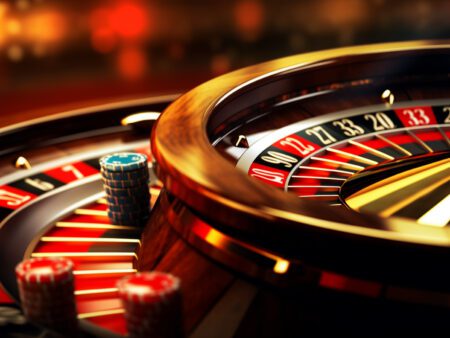Discover the art of card counting to gain an edge in blackjack. Learn key principles, count methods, and how to effectively adjust bets to increase winning odds.
Tips for Card Counting in Blackjack: How to Gain an Edge
No game in the casino arena is as fascinating as blackjack and one strategy to potentially maximize winnings is card counting. Mythicized in popular culture and often misunderstood, this strategic method can give players a statistical edge over the casino… if done correctly.
Understanding Card Counting
Card counting in blackjack involves tracking the proportion of high cards to low cards in a deck. This information is used to adjust bets and play options according to the perceived advantage. It’s important to note that while card counting is not illegal per se, casinos frown upon this practice and may ask apparent counters to leave. This technique requires sharp concentration, a keen memory, and an aptitude for quick calculations.
Basic Principles of Card Counting
At its core, card counting is based on the principle that high cards (10s, face cards, and Aces) are more advantageous for the player, while low cards (2s through 6s) favor the dealer. If a deck is ‘rich’ in high cards, a player’s probability of getting a blackjack or ‘natural’ increases – a hand that typically pays 150% of the initial bet. Hence, when the count is high, amping up your bet might be a good idea.
Learn a Card Counting System
There are several card counting systems, but for newbies, the Hi-Lo System is a great starting point. In this system, 2-6 are counted as +1, 7-9 as 0, and 10-Ace are counted as -1. At the deck reshuffle, your count begins at 0 and fluctuates as cards are dealt.
Mastering the Hi-Lo System
Start with a single deck of cards. Count through this deck, one card at a time, applying the Hi-Lo values. This exercise will help you get familiar with card values and hone your counting speed. Practice until you can breeze through a deck in under 25 seconds. Remember, while seated at a busy blackjack table, you’ll have less time to count.
True Count Versus Running Count
In a single-deck game, the ‘running count’ you maintain as cards are dealt is enough to adjust your bets. However, multi-deck games require the conversion of the ‘running count’ into a ‘true count’. To do this, divide the running count by the estimated deck(s) left to be dealt.
Bankroll Management with Card Counting
Now, let’s couple these tips with blackjack bankroll management. Counting cards can be mentally straining, causing faulty decisions in bet sizing. To avoid this, establish a well-structured betting spread based on the running count and stick to it.
Master Speed and Stealth
Card counting should be swift. The dealer and the casino are not going to wait for you to count your cards. Practice until you can keep up with the speed of the game seamlessly. Additionally, to avoid getting caught, it’s critical to maintain a natural demeanor and not obviously fluctuate your betting with the count.
Etching Practices into Habit
Mastery comes with practice. Spend ample time training at home before you take a shot at the casinos. Use online platforms to play blackjack, wherein you can freely count while honing your game. With continual practice and patience, you’ll etch these strategies into habit.
Conclusion
Card counting in blackjack is not just an ability; it’s an art. While it requires dedicated practice, memory power, and strategic finesse, the potential advantages can make the effort worthwhile. Remember, while card counting can theoretically give an edge, it doesn’t guarantee a win every time—there’s always room for the unpredictable in any game of luck. So strap in, practice, play responsibly, and may the odds always tip in your favor.
Have you tried card counting before? How was your experience? Let’s keep the conversation rolling in the comments below.










